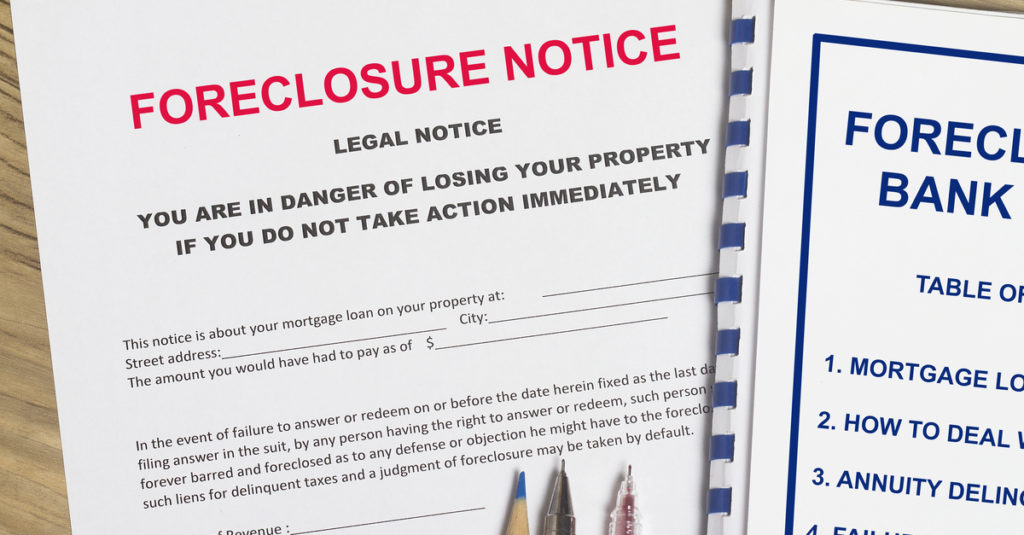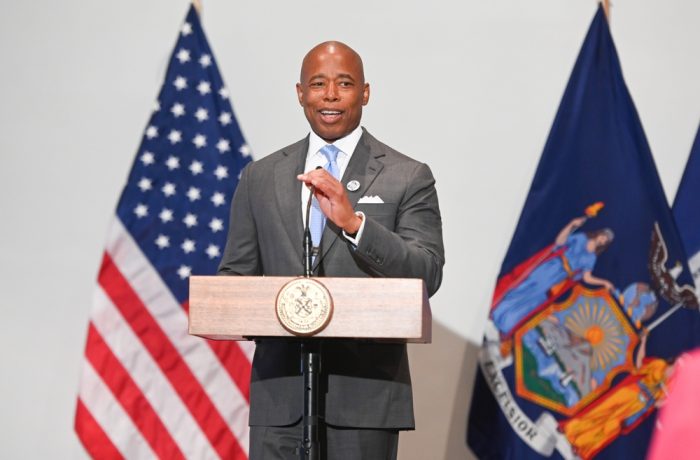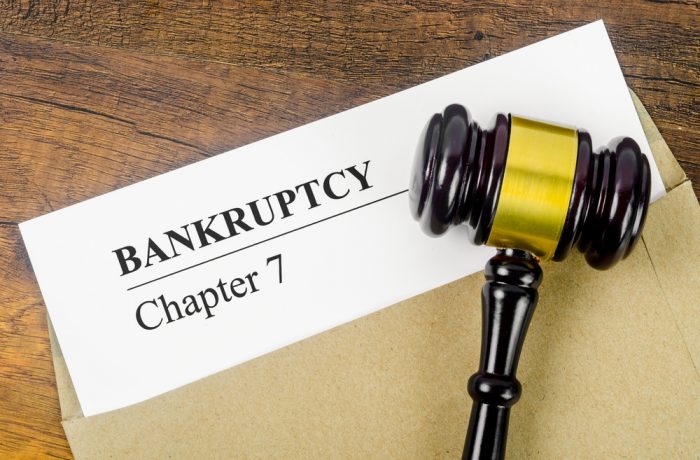For many immigrants, the American Dream is that of either owning a business or a home. Sadly, with recent flat-line mortgage industry resulting in a foreclosure crisis, the American Dream of owning a home has become a nightmare. This nightmare is keeping immigrants from all over the United States awake – from California to Texas to Florida all in-between to right here in New York.
If you are facing foreclosure, bankruptcy might be able to help. In many cases, filing Chapter 7 bankruptcy can delay the foreclosure by several months. Some people may be able to save their home by filing for Chapter 13 bankruptcy.
What Is Foreclosure?
Typically foreclosure begins after a homeowner falls behind on mortgage payments. The lender begins the legal process of selling the home at auction to get payment for the loan. The process involves numerous steps, including notification to the homeowner. Getting paid for the loan won’t happen overnight. Usually, a lender won’t begin the foreclosure process until you’ve missed several payments, often three or four. That gives you time to try some alternative measures, such as loan forbearance, a short sale, or a deed in lieu of foreclosure. But if you’ve already tried and failed with these measures, now is an excellent time to consider bankruptcy as a possibility for avoiding or stalling foreclosure. Here are some ways that filing for bankruptcy can help you.
The Automatic Stay: Delaying Foreclosure
When you file either a Chapter 13 or Chapter 7 bankruptcy, the court automatically issues an order (called the Order for Relief) that includes a beautiful thing known as the “automatic stay.” The automatic stay directs your creditors to cease their collection activities immediately, no excuses. If your home is scheduled for a foreclosure sale, the sale will be legally postponed while the bankruptcy is pending–typically for three to four months. However, there are two exceptions to this general rule:
The first exception: Motion to lift the stay. If the lender obtains the bankruptcy court’s permission to proceed with the sale (by filing a “motion to lift the stay”), you may not get the full three to four months. But even then, the bankruptcy will typically postpone the sale by at least two months, or even more if the lender is slow in pursuing the motion to lift the automatic stay.
Second exception: Foreclosure notice already filed. Unfortunately, bankruptcy’s automatic stay won’t stop the clock on the advance notice that most states require before a foreclosure sale can be held (or a motion to lift the stay, can be filed). For example, before selling a home in California, a lender has to give the owner at least three months’ notice. If you receive a three-month notice of default and then file for bankruptcy after two months have passed, the three-month period would elapse after you’d been in bankruptcy for only one month. At that time, the lender could file a motion to lift the stay and ask the court for permission to schedule the foreclosure sale.
To find out if bankruptcy is right for you, please call 855-768-8845 for a FREE, no-obligation consultation. Remember, you deserve your American Dream.






This is a great article. I love that it explains what is possible for homeowners who file for bankruptcy. This information is very helpful. Financial stress is crippling and people think that if they don’t respond, problems will go away. But not responding to foreclosure notices is the worst thing someone can do. Thank you for keeping us informed.